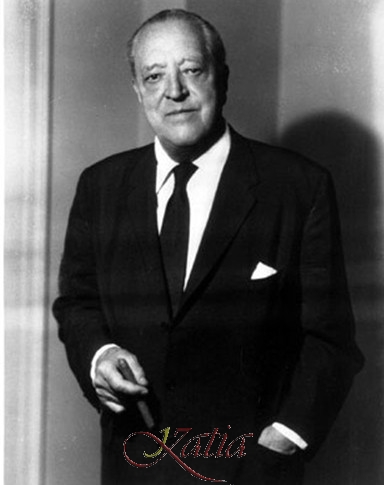   |
|
|||||||||||||||
Designer Resume:
Ludwig Mies van der Rohe, a German-born architect and educator, served as the last director of Berlin's Bauhaus, and then headed the department of architecture, Illinois Institute of Technology in Chicago, where he developed the Second Chicago School. Along with Le Corbusier, Alvar Aalto, and Frank Lloyd Wright, he is widely regarded as one of the pioneering masters of modern architecture.
Mies, like many of his post-World War I contemporaries, sought to establish a new architectural style that could represent modern times just as Classical and Gothic did for their own eras. He created an influential twentieth-century architectural style, stated with extreme clarity and simplicity. His mature buildings made use of modern materials such as industrial steel and plate glass to define interior spaces. He strove toward an architecture with a minimal framework of structural order balanced against the implied freedom of free-flowing open space. He called his buildings "skin and bones" architecture. He sought a rational approach that would guide the creative process of architectural design, but he was always concerned with expressing the spirit of the modern era. He is often associated with his quotation of the aphorisms, "less is more" and "God is in the details".
Ludwig Mies van der Rohe is widely acknowledged as one of the 20th century's greatest architects. By emphasizing open space and revealing the industrial materials used in construction, he helped define modern architecture.Our built environment is meant to be lived in. Mies' buildings, beyond merely affecting our lives, endow them with greater significance and beauty. His buildings radiate the confidence, rationality, and elegance of their creator and, free of ornamentation and excess, confess the essential elements of our lives. In our time, where there is no limit to excess, Mies' reductionist approach is as pertinent as ever. As we reduce the distractions and focus on the essential elements of our environment and ourselves, we find they are great, intricate, and beautiful. Less is more.
Mies van der Rohe began his career in architecture in Berlin, working as an architect first in the studio of Bruno Paul and then, like Le Corbusier and Walter Gropius, Peter Behrens. In the mid-1920's, he began to design furniture, pieces that he conceived and created for particular interiors. In 1927, he met Lilly Reich, a Bauhaus alumnus who collaborated with Mies on his first versions of a cantilevered chair with a tubular steel frame. The cantilevered chair had a curved frame that exploited the aesthetic, as well as the structural possibilities of this material. Their experiments culminated in the virtuoso Brno chair designed between 1929 and 1930 with a chromed flat steel frame. Two years later, Mies and Lilly Reich designed what is perhaps his most famous creation. Created for the German Pavilion at the Barcelona International Exhibition, the Pavilion chair was intended as a modern throne; a thick cushion upholstered in luxurious leather and set upon a curved metal frame in the shape of an X inspired by classical furniture. Perfectly proportioned and finished, the simple chair exuded an air of elegance and authority. In 1938, Mies emigrated from Europe and moved to Chicago. The rest of his career was devoted to promoting the Modernist style of architecture in the U.S., resulting in rigorously modern buildings such as the Farnsworth House and the Seagram Building, designed with Philip Johnson. Perhaps the best summation of his work is Mies' own: thoughts in action.
...Read MoreThe following is Related Articles